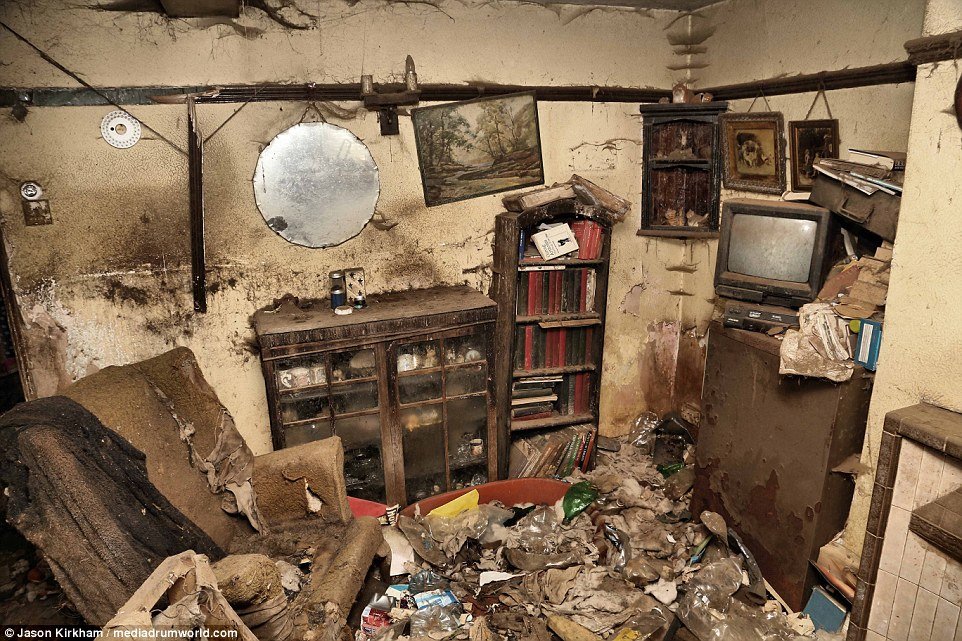The discovery of hoards, collections of valuable objects hidden or buried, provides a glimpse into the past, revealing the wealth, culture, and sometimes the fears of ancient civilizations. These collections can range from coin hoards to jewelry, precious metals, and significant historical artifacts, each telling a unique story of the era from which they originate.
Introduction to Hoards
Throughout history, the concept of buried or hidden treasures has ignited imaginations and driven adventurers, archaeologists, and treasure hunters to great lengths. Hoards, often unearthed by chance or through meticulous excavation, serve as time capsules that offer insight into the lives of those who once owned them. These collections can be remnants of personal wealth, communal stashes during times of conflict, or offerings to deities, each with its own story to tell.
The Economic Impact
The valuation of hoards depends on various factors, including the rarity, historical significance, and condition of the items. Coins, precious metals, and artifacts can fetch high prices at auctions or be acquired by museums and private collectors. The economic impact extends beyond the monetary value, as hoards can attract tourism and boost local economies.
The Market for Historical Artifacts
The market for historical artifacts is dynamic and complex. Authenticity, provenance, and legality are key considerations in this market. Collectors and institutions seek to acquire significant pieces, driving demand and prices. However, the commercialization of historical artifacts also raises ethical concerns about the preservation and accessibility of cultural heritage.
The Staffordshire Hoard
Discovered in 2009, the Staffordshire Hoard is the largest collection of Anglo-Saxon gold and silver metalwork ever found. It consists of over 3,500 items, including sword fittings, helmet fragments, and religious artifacts. The hoard is believed to date from the 7th century, a time of significant political and military upheaval in England.
The Staffordshire Hoard contains a remarkable array of items, each with intricate designs and craftsmanship. Among the finds are gold sword hilts, helmet cheek pieces, and Christian crosses. The hoard provides valuable insights into Anglo-Saxon warfare, religion, and art, significantly enhancing the understanding of this historical period.
Technological Advances
Modern metal detectors have revolutionized the search for hoards. Advances in technology have made detectors more sensitive and accurate, allowing for the detection of small and deeply buried objects. These devices have enabled hobbyists and professionals alike to uncover treasures that might have otherwise remained hidden.
Ground-penetrating radar (GPR) is another technological advancement that aids in hoard discovery. GPR uses radar pulses to image the subsurface, identifying potential buried objects without disturbing the ground. This non-invasive method is particularly useful in archaeological surveys,
Future of Hoard Discoveries
The future of hoard discoveries lies in the continued advancements in archaeological methods and technologies. Innovations such as 3D imaging, drones, and artificial intelligence are enhancing the ability to locate and analyze hoards. These tools promise to uncover new treasures and provide deeper insights into the past. Services of Infinity cleanse.
As technology improves and archaeological methods evolve, the potential for new hoard discoveries remains high. Undiscovered hoards are likely still hidden beneath the earth, waiting to reveal their secrets. Future finds will continue to enrich the understanding of human history and the legacy of ancient civilizations.
The allure of hoarding lies in their mystery and the stories they hold. Each discovery provides a tangible connection to the past, offering glimpses into the lives, cultures, and economies of ancient peoples. As technology advances and interest in historical treasures grows, the exploration and study of hoards will undoubtedly continue, enriching both the field of archaeology and the public’s imagination.

